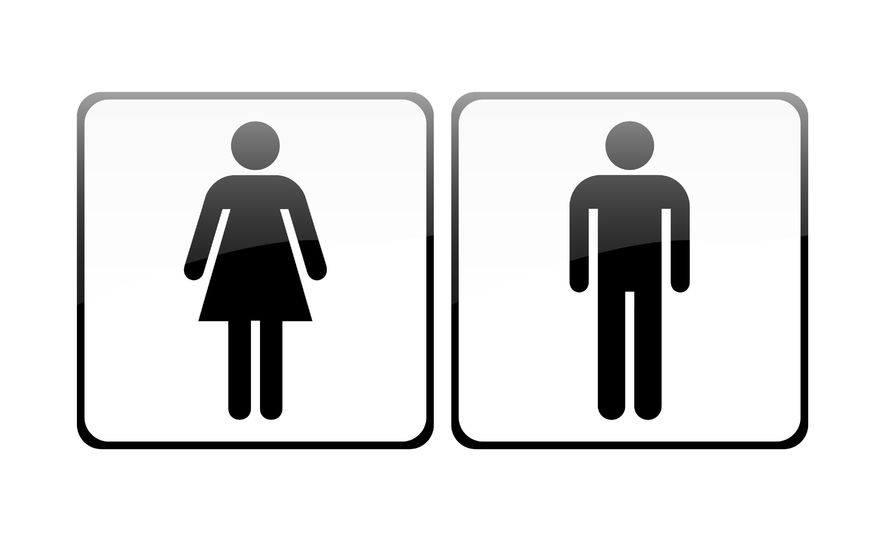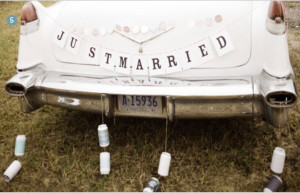Urinary incontinence (UI) is an ugly red flag…
By Susan Saldibar
Urinary incontinence (UI) is an ugly red flag for residents in senior living communities, as it typically defines the threshold for a resident’s relocation to a skilled nursing facility. Everyone feels the pain. The resident becomes stressed and demoralized. The senior care provider feels, not only the loss of a valued resident, but also the crunch of having to fill another vacancy. According to the National Association for Continence, over half of all residents in nursing homes are incontinent; it is the second leading cause for being placed in a nursing home.
But UI can often be reversed!
So here we are in 2016 and, while old habits die hard, new therapeutic techniques and technology are helping senior living communities keep residents with UI longer and, yes, even reverse it in many cases.
Dr. Lisa Rosenberg, M.D., of the University of Pittsburgh’s geriatric department was quoted in an article in A Place for Mom, “Because it is so common, people think they should accept it. In almost all cases, it is something a well-trained physician or nurse practitioner can help with. We can actually cure most of those people.”
That last claim really stands out. Angela Edney, Occupational Therapist and National Clinical Director, and Susan Almon-Matangos, Speech-Language Pathologist and National Clinical Director for Aegis Therapies, a Senior Housing Forum partner, agree. The rehab therapy team plays a critical role in working with residents who have UI.
Susan, Angela, and rehab teams at Aegis Therapies are working every day to better educate and train senior care providers, nurses and therapists on how to improve health, increase quality of life, and keep residents longer by tackling UI. And they’re not giving up.
Here’s what works (if you keep at it).
-
Create a personal profile: Bladder diaries chart a resident’s elimination over a period of time. Patterns emerge that can be worked into their daily schedule. This is especially important for residents with lower cognitive capabilities who may not be able to communicate.
-
Clear away obstacles: “You would be surprised at how many waste cans, chairs and other obstacles we find between the bed and bathroom,” says Angela. “Keeping a clear pathway is important. And sometimes just moving the bed closer to the bathroom is all you need to do.” Clothing should also be easy to adjust. Velcro fasteners and elastic waistbands save time. Every second counts.
-
Avoid certain foods: Caffeine, refined sugar, citrus and some dairy products can stimulate the bladder; reducing intake can help residents maintain greater control. A careful review of the bladder diary can help you determine the bladder irritants of a specific resident.
-
Pelvic exercises: This includes everything from strengthening trunk muscles to Kegel exercises for urinary tract control. But avoid publicizing “pelvic exercises for urinary incontinence”! “No one wants to share their vulnerabilities with other residents,” says Susan. “A therapist can establish a beneficial exercise program that a resident may be able to continue on his or her own or with the support of some staff. The therapist can also work with facility staff to appropriately include some pelvic muscle exercises in existing group exercise programs.
-
Retrain the bladder: Set a “voiding schedule” that follows the resident’s pattern. You can gradually retrain the resident to have better bladder control.
-
Physiological Quieting: A therapist can train the resident to recognize triggers preceding the urge to void and to use techniques such as deep breathing and other mind-quieting activities to self-monitor and manage.
-
Biofeedback: Performed in conjunction with pelvic muscle exercises, surface EMG biofeedback can be used to increase the resident’s awareness of the pelvic muscles and their appropriate contraction.
-
Electrical stimulation: There are devices which deliver low frequency stimulation to pelvic floor muscles using electrodes. They elicit tiny contractions which improve the strength of sphincter muscles.
Be “off the charts” creative. “Go fishing!”
At the end of the day, it is those who are patient and creative who tend to come up with solutions. “We had a resident who would confuse the trashcan with a urinal,” says Susan. “So we camouflaged it. Quick and easy solution, but you’d be surprised how many people don’t think about things like that.”
And sometimes creativity means doing something really off the charts. Angela explained, “We worked with one gentleman with dementia who, as soon as he would sit on the toilet, would get up again. After racking our brains as to how to get him to stay on the toilet, we remembered that a family member mentioned his love of fishing. So, we made up a box with some colorful cardboard fish. And we gave him a makeshift fishing pole. He enjoyed trying his hand at hooking fish. He sat long enough to relieve himself properly.”
And, to those who would label ideas like this outside their job descriptions, Angela adds, “Crazy idea? Maybe, but that gentleman is still an active resident in his community. And he’s enjoying life. What’s that worth to him, his family and the community?”
For more information on treating residents with UI and keeping them at your community as long as possible, visit the Aegis Therapies website.








